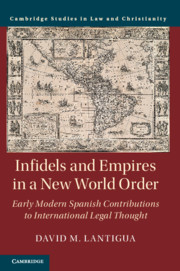Agricultural productivity and Amazonian settlement
The nature of Pre-Columbian agricultural systems in Amazonia has stimulated considerable debate, specifically: can one or another cultigen — maize or manioc — provide a stable agricultural base for sedentism and population growth (eg. Carneiro 1961; 1986; Gross 1975; Meggers 1996; Roosevelt 1980)? Certain ecological factors are generally seen to limit production and intensification of those subsistence resources that can support sedentary or densely distributed populations. Low agricultural productivity, characteristic of many Amazonian soils, and the generally low density and patchy distribution of terrestrial game are commonly cited as limiting factors (Gross 1975; 1983; Johnson 1982; Meggers 1954; 1996; Ross 1978; Sponsel 1989). It has become accepted that the highly restricted váirzea regions, primarily the floodplain settings of the major ‘white-water’ rivers (the Amazon and its Andean-derived tributaries), did not impose these environmental constraints on demographic or economic growth due to their fertile soils and higher concentrations of rich aquatic resources (e.g. Brochado 1984; 1989; Carneiro 1986; 1995; Denevan 1996; Lathrap 1968; 1970; 1987; Lathrap et al. 1985; Meggers 1996; Moran 1993; Roosevelt 1980; 1989; 1994).



